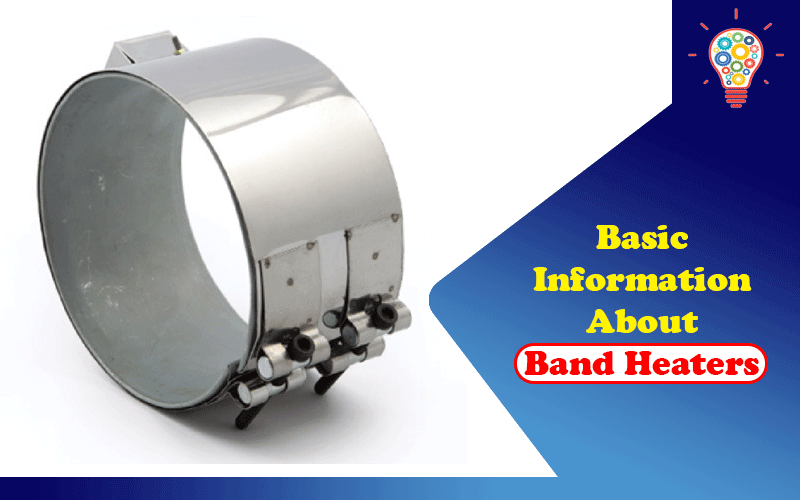Band heaters are ideal for high operating temperatures and high watt density applications, especially in the plastic industry. The common types of band heaters include ceramic band heaters and mica insulated bands. Among the features you should be keen on in the process of buying band heaters for sale include:
- The broad range of construction designs available
- The clamping mechanism
- The types of electrical terminals
- The sheath material
- The quality of the band heaters (thickness)
Table of Contents
What do you need to know about band heaters?
Considering the various types of applications of band heaters, it is essential to understand how to go about the process of getting the right one. Some of the ways to use band heaters include: injection and blow molding, plastic extrusion, pharmaceutical applications, uses in the food industry, and in the heating of tanks, pipes, and containers.
The following information will enable you to choose the best band heater to meet your needs for a particular application:
Getting suitable band heaters will guarantee some benefits. Here are some reasons why you should be thorough through the selection process of band heaters:
- To experience energy efficiency
- It is cost-effective
- Promotes reliability
- Enhance the distribution of heat
Understanding the watt density
To select the right band heater, you have to opt for the appropriate watt density to choose the right wattage for your application.
Wattage impacts performance and durability by preventing the failure of the heater. To do so, you should not go beyond the recommended maximum watt density for your specific choice of heater size.
Clamping techniques
Choose among the available clamping mechanisms depending on the application requirements. Every clamping mechanism has its advantages and features that enhance the service life of your band heater and directly impact the heat transfer quality.
To understand the suitable mechanism, here are some features and techniques you need to know:
- Independent strap clamping mechanism
- The strap is tightly clamped around the cylinder, and the force for stretching is evenly distributed around the strap heater
- The force is transmitted to the inner winding which enhances heat transfer around the ribbon heater
Built-in barrel nut
This mechanism has similarities to the independent strap. A top sheet is formed into a belt by placing barrel fasteners on all four sides of the gap. Barrel nuts are used for cuts, holes, and the option to use separate bands.
Spot Welding Tape
The structure is the same as a built-in nut, which is composed of separate strap fasteners, welded on the top plate on all sides of the current gap. Clamping technology is mainly used to fix heating components under fasteners.
Flange locking
This clamping technique is the most economical. It is used for narrowband heaters.
Wedge lock
The space above the band heater has a basic design. It includes wedge-shaped tabs on the lip of the heater with slits.
Door bolts and trunnions
This type of clamping mechanism is suitable for quick separation. You need to flip your thumb to release the clamp. There is a spring bolt in the fixed position to allow thermal expansion.
The majority of industrial processes need access to heating equipment such as band heaters. Heating is a crucial component in many of the plastic and metal extrusion procedures.
Read Also: Window Glazing 101: What is it and Why is it important?

